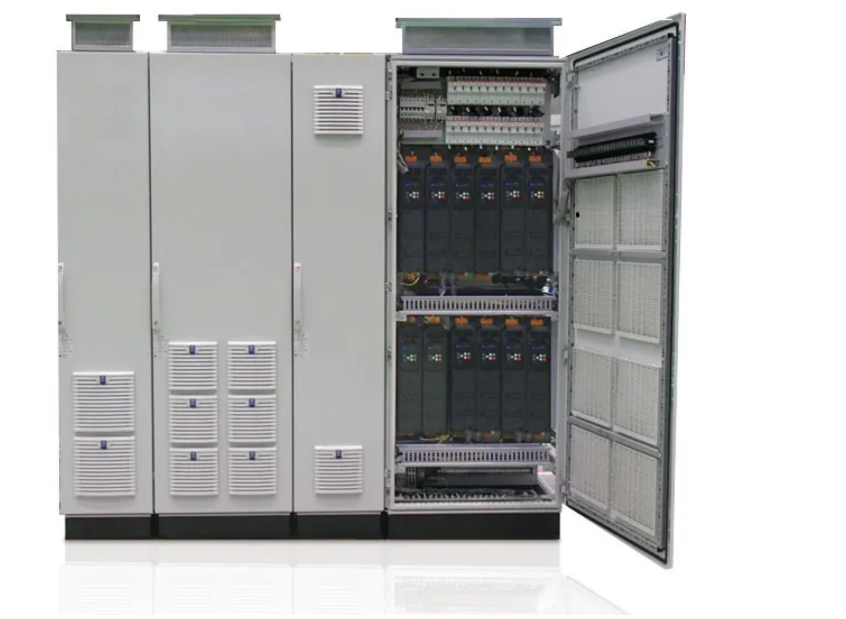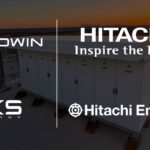ASIA ELECTRONICS INDUSTRYYOUR WINDOW TO SMART MANUFACTURING
Fuji Electric to Soar Plants' DX With New Device Drive
Fuji Electric Co., Ltd. has released FRENIC-GS, a drive device for manufacturing facilities. Specifically, it aims to reduce power loss and increase the amount of data that can be communicated. Thus, aiming to achieve decarbonization and digital transformation at production sites in the materials, processing, assembly industries, and among others.
Recently, there have been tremendous efforts among manufacturers to reduce CO2 emissions at production sites. Specifically, materials industries such as steel and paper manufacturing, as well as processing and assembly industries in the automobile industry both in Japan and overseas are making headway on decarbonization.
In addition, as labor shortages become an issue, production sites are promoting DX (digital transformation) to collect and utilize information such as product quality and the operating status of production equipment. The aim of which is to reduce the number of people and labor required for operation and maintenance work.
Production equipment such as rolling mills in steelworks and port cranes employ motors. Thus, plant drive devices that have inverters and converters are necessary to optimally control these motors.

For that reason, Fuji Electric has introduced FRENIC-GS, a plant drive device that reduces power loss in motor control and increases the amount of data that can be communicated. This product will be marketed mainly in Japan, China, in India, and countries in Southeast Asia.
Product Features
Suppressing power loss and reducing power consumption
In production equipment and port cranes, the energy (regenerative power) generated when a motor decelerates or stops and returns to the power system to save energy. Thereafter, the saved energy can be reused for the operation of the other motors.
Generally, it is possible to convert regenerative power by an inverter or converter and returned to the power system. However, this product optimizes the circuit configuration to reuse the regenerative power without returning it to the power system. By reducing the number of power conversions, it can suppress the loss during conversion and reduces power consumption by up to 4 percent.
In addition, when controlling a motor with a drive device, slight distortion occurs in the power waveform. Since this distortion has a negative effect on peripheral devices, installing a filter is necessary in the circuit to suppress the distortion. However, in that case, losses occur due to resistors in the filter.
To make this happen, Fuji Electric has developed a power control technology that suppresses distortion without using resistors, reducing losses. These contribute to energy saving at production sites and reducing CO2 emissions.
Increased data volume through application of high-performance CPU and separate communication network.
In general, in drive devices for plants, the same network is used to collect information for recording and monitoring the operation status and failure status of equipment, and to communicate data for controlling motors according to commands. However, there are limitations to the speed and volume of communication and prioritizes data communication for control.
This product applies a high-performance CPU to the device body to improve data processing capabilities. Moreover, by separating the networks for information collection (information LAN) and control (control LAN), the amount of data that can be communicated has been increased while maintaining control performance such as responsiveness. This will promote the utilization of information by customers and contribute to the realization of DX at production sites.
Improved cooling structure for converter and wind tunnel structure for panel, achieving industry’s most compact size
Converter devices such as inverters and converters generate heat due to power loss when applying.
This product’s cooling structure has been improved to increase cooling efficiency and reduce the space required for heat dissipation. Furthermore, by reviewing the wind tunnel structure for dissipating heat in the panel housing the inverter and converter, the product size (dimensions) has become industry’s most compact so far at approximately 20% smaller than our previous product.
06 June 2024




